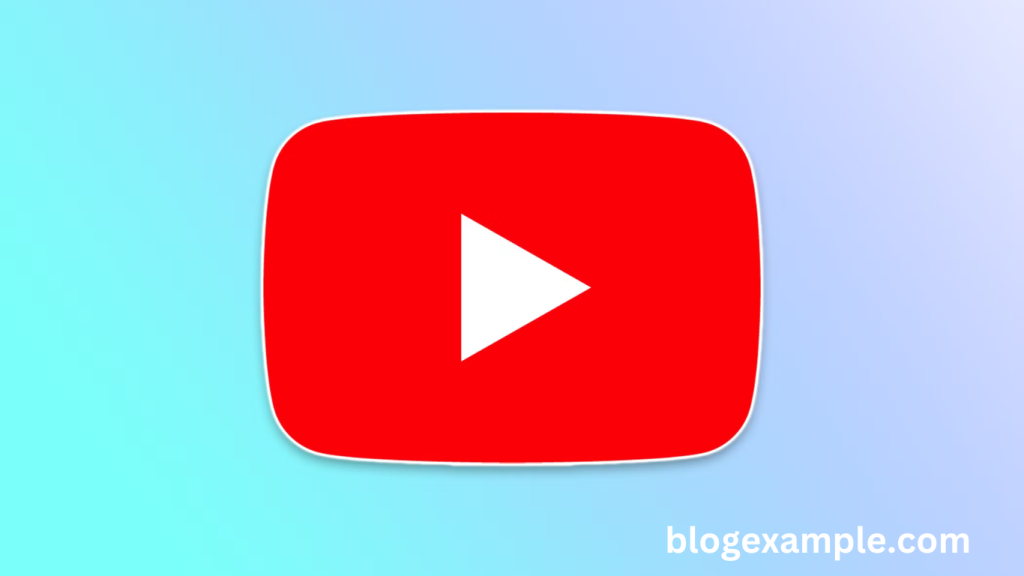Gone are the days when viewers had to sit in front of their TVs at specific times to catch their favorite shows. YouTube introduced a new era—on-demand access to content. Whether it’s a comedy skit, music video, tutorial, or documentary, users can watch what they want, when they want. This flexibility completely disrupted traditional TV schedules and viewing habits.
Everyone Became a Creator
Before YouTube, content creation was limited to professionals with access to expensive equipment and production studios. The platform empowered everyday people to become creators. With just a smartphone and an internet connection, anyone could share their voice, tell their stories, and build audiences from scratch. This shift democratized media production and gave rise to a new kind of celebrity—the YouTuber.
Niche Content Found a Home
Mainstream media often overlooks niche interests due to limited airtime and mass appeal requirements. YouTube opened the door to micro-communities and specific interests. Whether it’s vintage car restorations, niche gaming content, or deep dives into obscure history, every topic found a home and an audience.
The Birth of the Algorithm-Driven Feed
YouTube’s recommendation engine changed how people discover media. Instead of relying on TV guides or flipping through channels, viewers now receive personalized suggestions based on their interests and viewing history. This shift brought more engagement and longer watch times, subtly reshaping how attention is captured and retained.
Education and Learning Got Repackaged
YouTube isn’t just about entertainment—it’s also one of the largest learning platforms on the internet. From DIY repairs to academic lectures and life advice, the platform transformed into a global classroom. The ability to pause, rewind, and rewatch gives learners control over their pace, something traditional classrooms struggle to offer.
Read More : What new features has Spotify recently introduced?
Real-Time Trends and Global Reach
With content uploaded every second, YouTube reflects what the world is thinking, feeling, and reacting to—in real time. It serves as a cultural mirror and a global stage where trends are born, memes explode, and movements gain traction. This real-time reflection adds a layer of immediacy that traditional media can’t match.
Brands and Businesses Found a New Playground
Companies quickly noticed the massive potential of YouTube. Brands now collaborate with creators for product placements, storytelling, and direct engagement with niche audiences. It blurred the line between content and advertising, giving rise to influencer marketing and more organic forms of brand promotion.
Traditional Media Adapted or Fell Behind
TV networks, film studios, and even newspapers had to evolve. Many launched YouTube channels, repurposed content, and even created content exclusively for the platform. Those that resisted change risked irrelevance in a media landscape now dominated by screens of all sizes.
Personalized, Portable, and Infinite
YouTube reshaped the concept of media itself. It’s not just about content—it’s about how it’s delivered. Personalized feeds, portable devices, and an endless stream of videos transformed passive viewers into active participants in their media experience.
Frequently Asked Questions
How has YouTube changed traditional media consumption?
YouTube replaced scheduled programming with on-demand content, allowing viewers to watch whatever they want, whenever they want.
Can anyone become a YouTuber?
Yes, anyone with a smartphone and internet connection can create and share videos, building an audience over time.
What kind of content can you find on YouTube?
Everything from music, tutorials, gaming, education, comedy, news, documentaries, and niche interests is available on YouTube.
How does the YouTube algorithm affect viewers?
It suggests personalized content based on user behavior, increasing engagement and making media consumption highly customized.
Is YouTube a good platform for learning?
Absolutely—millions use it for tutorials, academic lessons, skill-building, and learning new hobbies or concepts.
Why do brands use YouTube for marketing?
YouTube offers targeted advertising, influencer partnerships, and a direct line to highly engaged niche audiences.
What impact has YouTube had on traditional TV?
Traditional media had to adapt by going digital, repurposing content, and embracing the on-demand model to stay relevant.
How has YouTube influenced pop culture?
YouTube drives global trends, meme culture, and even music charts, becoming a major force in shaping pop culture.
Conclusion
YouTube redefined the media landscape by shifting control from networks to viewers, creators, and communities. Its impact spans entertainment, education, marketing, and culture, making content more accessible and interactive. From giving a voice to everyday creators to driving real-time trends, YouTube transformed how people watch, learn, and engage. In a world constantly evolving, YouTube continues to lead as a powerful force in modern media consumption.

